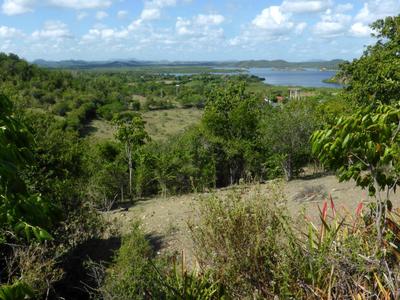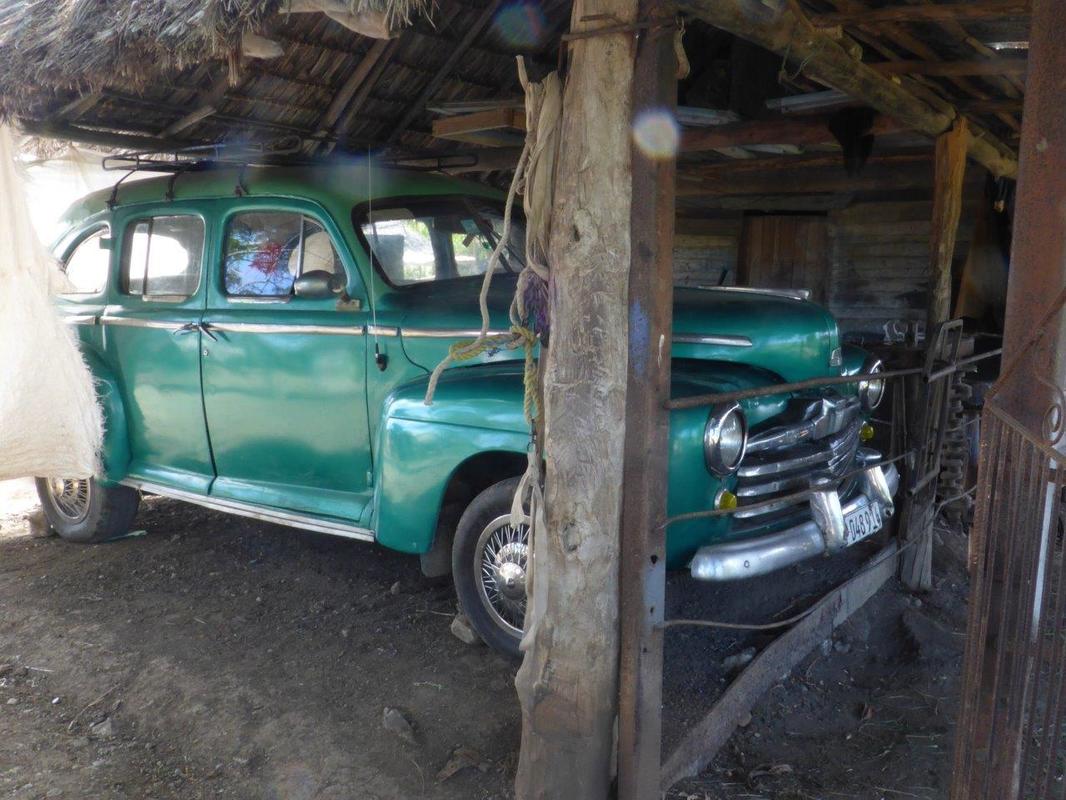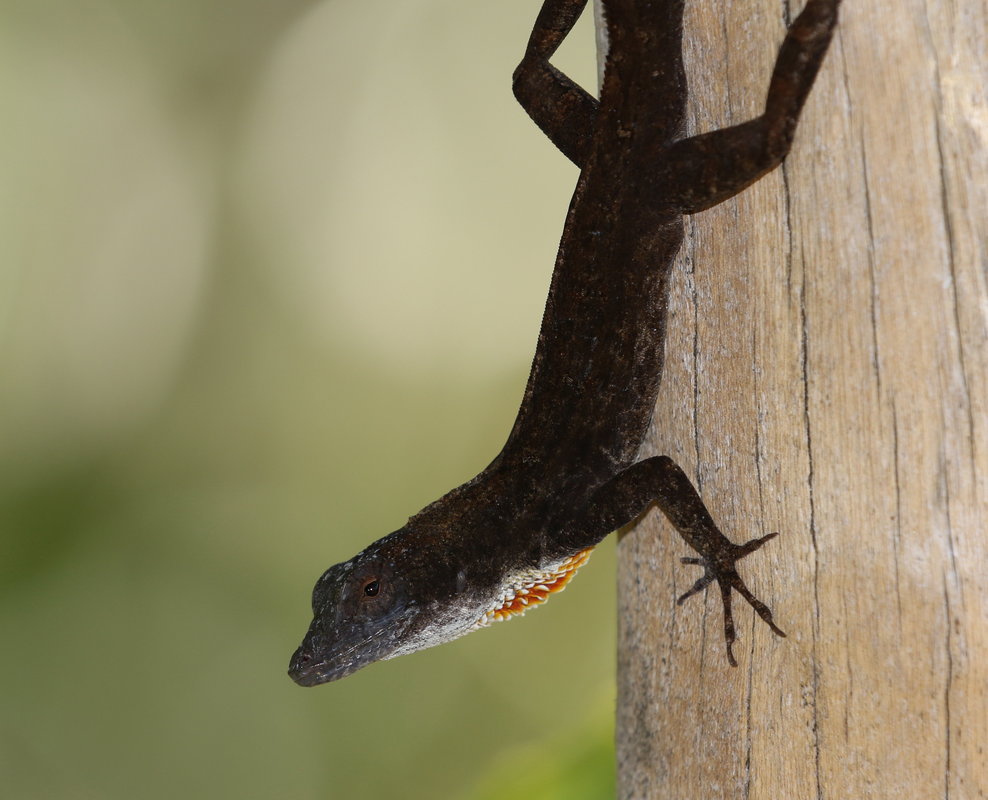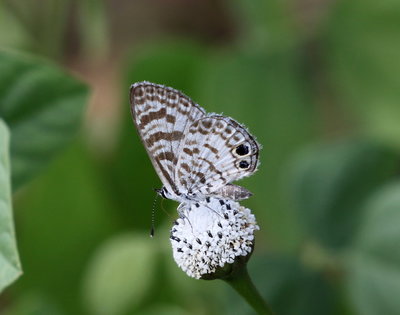On the wildlife front we saw a few anoles including Anolis allisoni Cuban Blue Anole and Anolis jubar Cuban Coast Anole. I used to think that all the very dark anoles were Anolis homolechis Cuban White-fanned Anole but this isn't the case as that has a white dewlap and A. sagrei has a red-orange dewlap sometimes with a narrow cream border. Anolis jubar Cuban Coast Anole has a more orange dewlap with a broad pale edge and a pale yellow basal area, and it also has a crest along the tail. There are 63 species of Anolis lizard in Cuba, 96% of which are endemic (Henderson and Powell 2009).
|
Fidel took us out in his horse and carriage today to his home called Villa Amistad (meaning friendship) in the village of Aguada la Piedra. It’s a lovely way to travel and he’s got used to me calling stop if I see something that I want to photograph. Fidel’s English is good, he treats his horses well and has good control of them, and is good company. This issue of ‘good control’ is an important one and I was reminded of this today when I saw a piece on television about some folk who had been in a horse carriage in Cuba when the horse became frightened when the suspension of the carriage broke with a loud bang. The horse bolted and ran up a steep back and the carriage over-turned injuring the passengers. I’ll talk about this more in a later blog because we had occasion to get out of another carriage (not Fidel’s) as the driver was clearly not in control of the horse. But back to today – Fidel showed us his old car that he is doing up and we met his lovely wife before he took us for a walk through the farm up the hill to the water reservoir serving the village which is where a lot of the hotel-workers live. Fidel and his wife also run their house as a Casa (what we here in England call Bed & Breakfast). I was talking to our travel agent, a Cuban, yesterday and he was telling me that just a few years ago the number of tourists visiting Cuba was half a million per year. Now it is 3 million per year. I see very little sign yet of new tourist hotels being built so I'm guessing that the majority of this extra traffic, apart from filling existing hotel capacity, is being taken up by the Casas. And of course this has only been possible by the relaxing of the laws and allowing Cubans to run certain sorts of private enterprise. This can only be a good thing for the Cuban economy and for the people. On the wildlife front we saw a few anoles including Anolis allisoni Cuban Blue Anole and Anolis jubar Cuban Coast Anole. I used to think that all the very dark anoles were Anolis homolechis Cuban White-fanned Anole but this isn't the case as that has a white dewlap and A. sagrei has a red-orange dewlap sometimes with a narrow cream border. Anolis jubar Cuban Coast Anole has a more orange dewlap with a broad pale edge and a pale yellow basal area, and it also has a crest along the tail. There are 63 species of Anolis lizard in Cuba, 96% of which are endemic (Henderson and Powell 2009). And here are a few of the thirty species of butterflies that we saw today. The Smudged Yellow Eurema lucina is endemic and is commoner in this area than any of the other places that we have visited. We had a cup of coffee with Fidel and his wife before he took us back to the hotel. We were shown a beautiful large crab that was brought in by some local boys. I think it was destined for the pot! In a poor country all wildlife is looked on as food. But the two best butterflies of the day (both near the hotel) were another Mexican Sailor Pyrisitia postverta and two Antillean Crescent Antillea pelops. Up to now we have only seen the latter in small numbers presumably due to the time of year of our visits but for the rest of this holiday we saw them nearly every day, sometimes in considerable numbers. They are small and surprisingly hard to photograph as they don't often allow a close approach.
0 Comments
Leave a Reply. |
Welcome to our Blog
Here we will post interesting news about what we and others have seen in Cuba. Archives
July 2024
Categories |


















 RSS Feed
RSS Feed